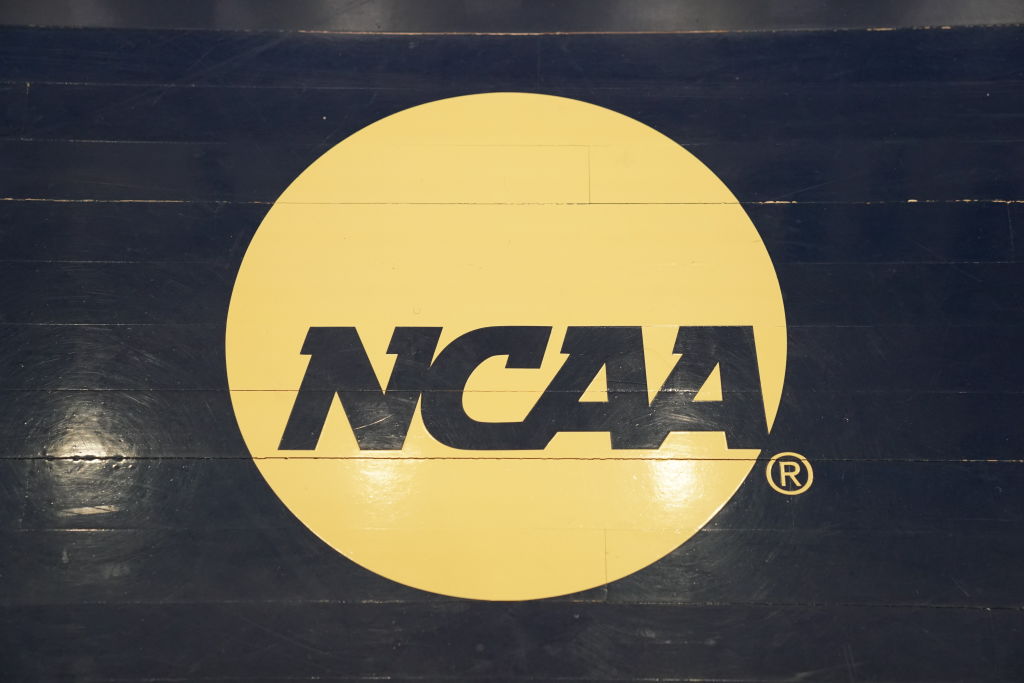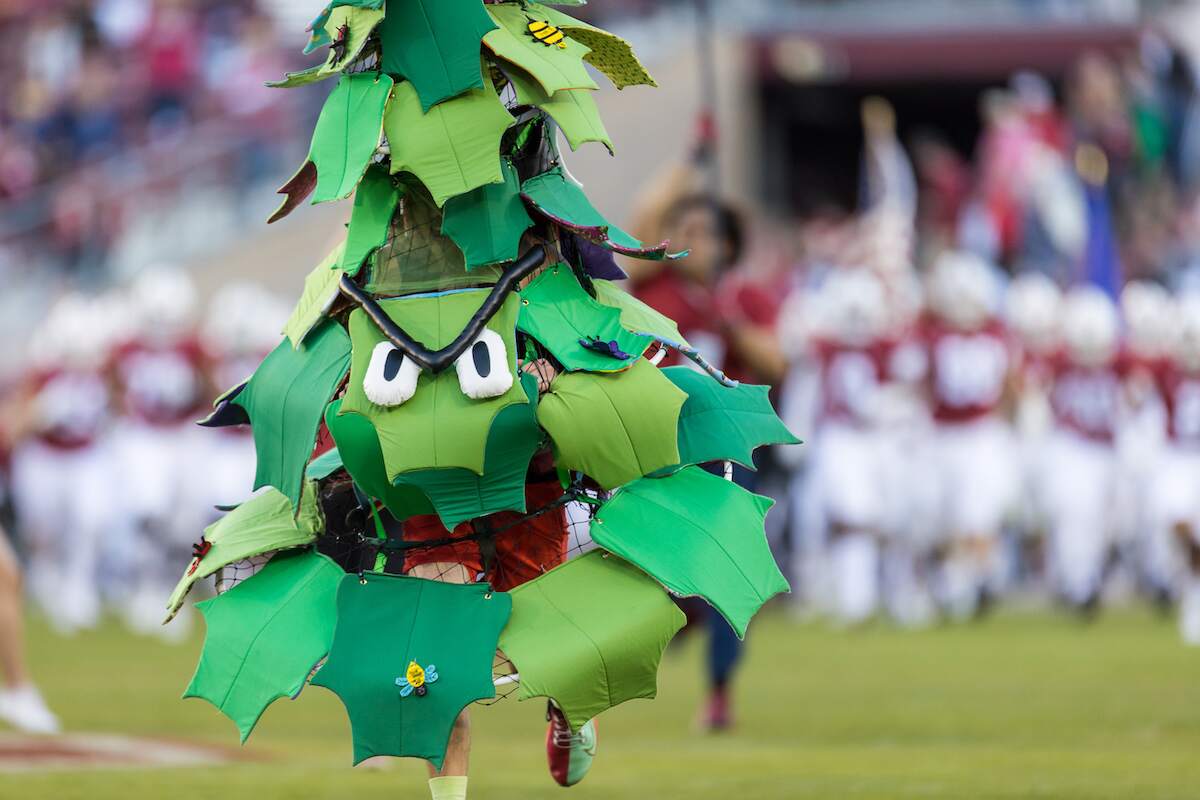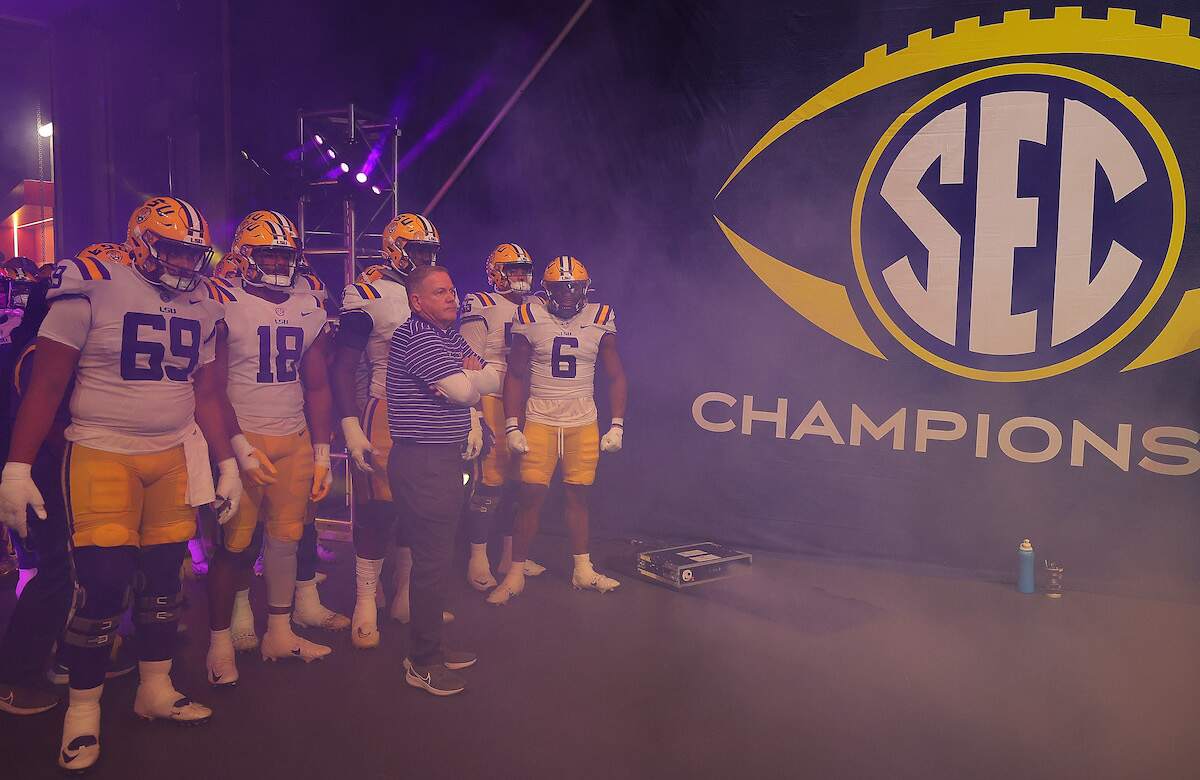
Which NCAA Schools Make the Most Money From Basketball?
The unprecedented cancellation of its men’s basketball tournament has cost the NCAA a lot of money, a problem that trickles down to conferences and schools that are too far into the budget year to make up the difference by cutting expenses.
That news came out this week on the heels of a separate report that highlighted the cash that blue bloods like Duke University, Kentucky and Louisville take in during the regular season.
NCAA payouts will be way down this spring
The annual men’s tournament is the NCAA’s most valuable asset and covers a large percentage of annual expenses for both for the organization and its member schools. The NCAA announced Thursday that the cancellation of that tournament due to the coronavirus pandemic means it will only be able to distribute $225 million to members instead of the anticipated $600 million.
The hit will be two-fold: Nearly two-thirds of the expected money won’t be coming and what they are getting will be delayed by two months. Athletic budgets at Division I schools can exceed $150 million a year, but it will be the mid-sized schools rather than Duke or Kentucky that will feel it most since NCAA money makes up a larger percentage of their budgets.
The NCAA Tournament wasn’t a total loss because the organization anticipates recovering $270 million through its insurance policy. In addition, they’re still able to collect almost $250 million from their television contracts even though no games were played.
About a quarter of the $225 million to be distributed is split equally among the colleges. The rest is doled out according to an unspecified formula that is believed to factor in the number of scholarships funded by athletic departments and expenses accumulated by basketball teams advancing to the second and third weekends of the tournament.
Duke, Kentucky pull down big regular-season money
Information for the just-completed NCAA season isn’t available but Syracuse.com analyzed the 2018-19 revenue and expense data for individual schools and found that the University of Louisville took in $42.8 million from men’s basketball last year.
Kentucky was second at $38.8 million, followed by Duke at $35.5 million and Syracuse at $34.6 million according to information that colleges supply the federal government under the Equity in Athletics Disclosure Act.
Louisville plays in the KFC Yum! Arena, which was built in 2010 and seats 22,090 for basketball games. Kentucky’s Rupp Arena in Lexington seats 23,500 and Syracuse’s Carrier Dome frequently accommodates crowds of over 30,000. Those large venues help them pull in substantial money at the ticket window.
Coaches in the major NCAA conferences can also stuff their schedules with “buy games,” which are non-league contests against opponents willing to play on the road in exchange for more than they could make by playing at home. They’re also positioned to make more from local television and radio deals and sponsorships.
Where does all that money go?
For all the money that goes in the door at NCAA basketball powerhouses, a lot also goes out the door. Much of it is in the form of coaches’ salaries.
John Calipari made $8 million at Kentucky this season and Mike Krzyzewski of Duke earned $7,256,924. Mick Cronin of UCLA ($5.5 million), Rick Barnes of Tennessee (4.7 million), Chris Beard of Texas Tech ($4.2 million), and Chris Mack of Louisville ($4,007,494) also earned more than $4 million in salary from their schools. Others exceeded that threshold through bonuses.
Krzyzewski’s salary contributed to Duke spending more than any other Division I basketball program at $22.2 million, followed by Kentucky at $20.2 million and Louisville at $19.2 million. Syracuse was only ninth on the list at $14.8 million, presumably saving money by playing in its own on-campus building.
Travel is also expensive, whether by commercial carriers or charters. Paying as many as 10 opponents to play non-league games is another major cost.



